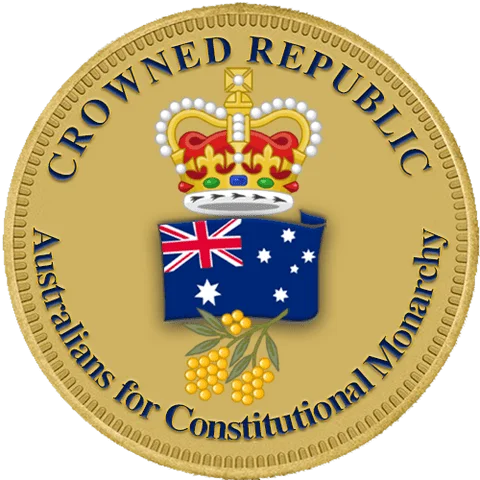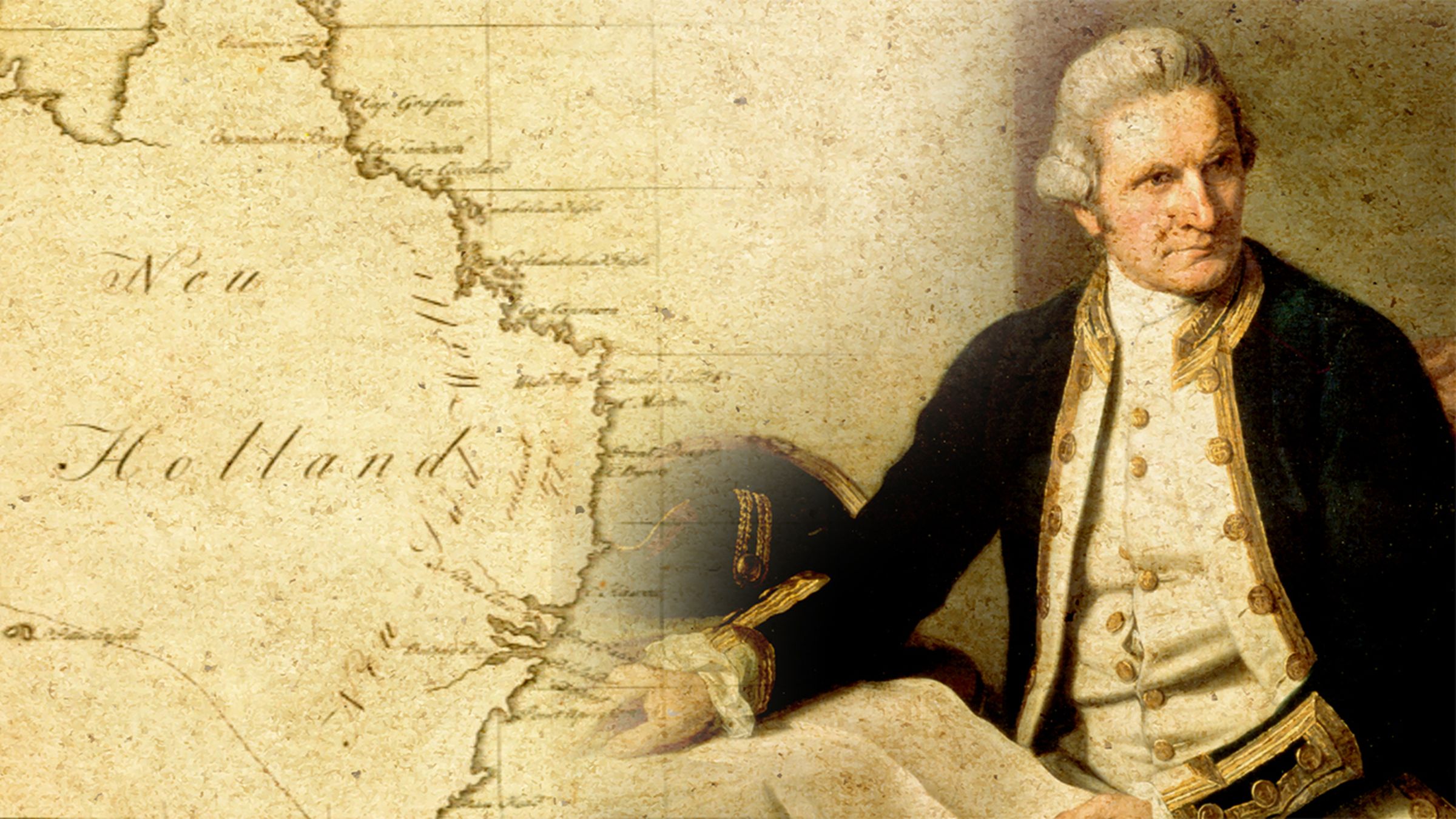
Discover the invaluable truth about Australia’s federation and the unique constitutional system that has made it a globally celebrated model of excellence.

Stay updated with the latest news, tips, and exclusive offers by subscribing our newsletter today!
Sir Thomas Smith introduced the term “republic” to describe the English system as long ago as the sixteenth century. He was an English diplomat and one of the most outstanding classical scholars of his time…
A Crowned Republic is a form of government that features a monarch who serves as a symbolic, ceremonial leader with limited authority over matters related to the executive branch and constitutional issues. This type of system is exemplified by countries like Australia, New Zealand, Canada and the United Kingdom, which are officially classified as constitutional monarchies.